Kenya’s Opposition Adopts Data-Driven Strategy to Unseat President Ruto in 2027
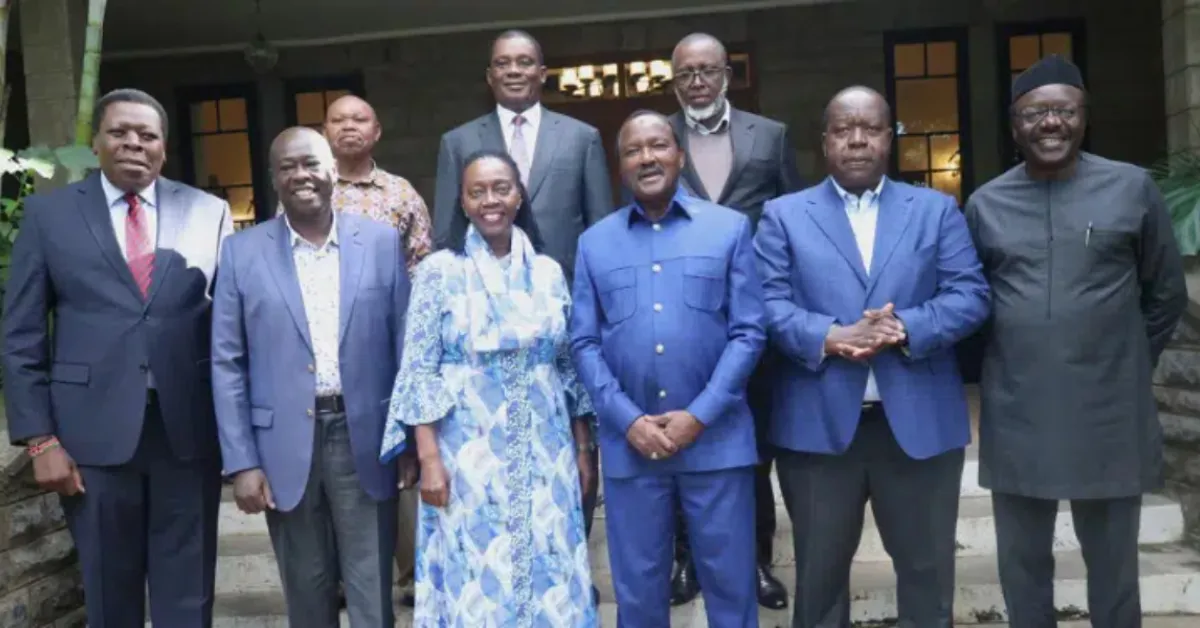
With the 2027 general election approaching, Kenya's opposition is adopting a data-driven, strategic approach to identify a unified presidential candidate capable of unseating incumbent President William Ruto.
The opposition's effort comes amid indications of a potential detente between President Ruto and veteran opposition leader Raila Odinga. The selection process is guided by a consulting firm engaged to deliver a preliminary report within six months, setting a December deadline for identifying the strongest potential ticket.
The selection process will systematically analyse opinion polls, ground intelligence, regional dynamics, and electability assessments to determine the most viable candidate and running mate combination.
This represents a departure from the often-opaque and personality-driven nature of Kenyan politics, where backroom deals and ethnic calculations have historically played a dominant role. Several prominent figures are reportedly in contention for the opposition's presidential nomination. These include Wiper leader Kalonzo Musyoka, former Interior Cabinet Secretary Fred Matiang'i, DAP-K's Eugene Wamalwa, and People's Liberation Party (PLP) chief Martha Karua. Former Deputy President Rigathi Gachagua, who recently unveiled his Democracy for the Citizens (DCP) party, and former Public Service Cabinet Secretary Justin Muturi are also said to be in the mix.
Additionally, former President Uhuru Kenyatta and his Jubilee Party are reportedly lending their support to the opposition's efforts, adding weight to the coalition's resources and influence. Makueni Senator Daniel Maanzo, a close ally of Kalonzo, emphasised the importance of unity, stating that all opposition leaders are united by the common goal of "sending President Ruto home." However, the ambition and political ego of individual candidates may still prove to be a hurdle, potentially undermining the data-driven approach if a popular or seasoned contender rejects the scientific findings.
The opposition is also considering various scenarios for the composition of its presidential ticket. One potential pairing is a Fred Matiang'i-Kalonzo Musyoka ticket, which is said to have the backing of former President Kenyatta. This combination would bring together technocratic expertise and seasoned political experience, potentially appealing to both reform-minded voters and established political networks. However, a major drawback would be the risk of alienating voters from the vote-rich Mt. Kenya region if the region is not represented as either the flag bearer or the deputy.
Another scenario involves Kalonzo Musyoka as the presidential candidate, with either Matiang'i or Wamalwa as his running mate. This arrangement could fulfil Kalonzo's long-standing presidential ambitions and position him as a compromise candidate acceptable to multiple factions. However, concerns remain about whether Matiang'i's relatively small support base in Kisii would significantly contribute to the vote tally and whether Wamalwa could command the Western bloc. The continued absence of Mt. Kenya in the top two positions could also push voters from the region closer to Dr Ruto, particularly if Prof Kithure Kindiki remains his deputy.
Another floated ticket is the Kalonzo-Karua ticket, appealing to reformist and gender equality narratives. Karua, who ran as Mr Odinga's running mate in 2022, has national brand recognition. However, this ticket would likely have difficulty gaining traction in the Mt. Kenya region and would be seen as more of an Eastern ticket, which could lead to a rebellion in Western Kenya. A Karua-Wamalwa pairing might gain traction in progressive urban areas and among reformist voters.
However, it would have weak national appeal without a strong, vote-rich base. Both lack the expansive political machinery needed to mount a credible, nationwide campaign. The opposition's strategy extends beyond candidate selection, with a focus on appealing to younger voters, who are expected to play a crucial role in the 2027 election. One strategy involves creating a powerful position, such as prime minister, and reserving it for a member of Generation Z. Conservative estimates put the number of Gen Z voters at 10 million, representing a potentially decisive voting bloc.
In the meantime, opposition leaders have agreed to focus on consolidating their support bases at the local level, aiming to create regional kingpins who can then feed into a national pool of support. This strategy recognises the importance of grassroots mobilisation and the need to build a broad-based coalition that extends beyond traditional political strongholds. Analysts hold differing views on the opposition's scientific approach. Some believe that if executed transparently and backed by all major players, it could reshape coalition politics and present a serious threat to President Ruto's re-election bid.
Others caution that political ego and ambition may still override scientific findings, especially if a popular or seasoned contender is cynical about the data.
Raila Odinga's potential absence from the 2027 presidential race significantly alters the opposition landscape, creating both opportunities and challenges. While his departure opens the door for a new generation of leaders to emerge, it also removes a unifying figure who has historically commanded a significant portion of the opposition vote.

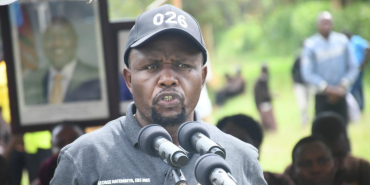

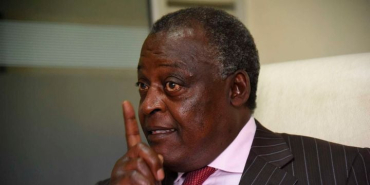
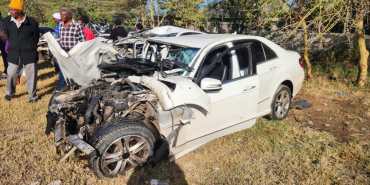
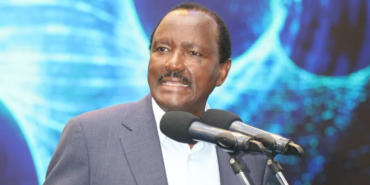

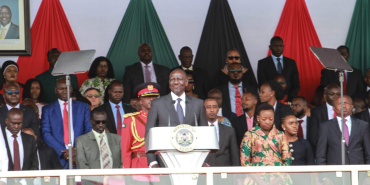






Comments
what do you mean by …
Permalink
what do you mean by "relatively small support in Kisii" . Matiang'i is fully supported in Kisii and ineed in the whole country. I hope the consultant will be thorough in the findings especially the opions of the Kenyan voters. If a flag bear is picked whom the people have not endorsed then you know the results... Don't assume !
Add new comment